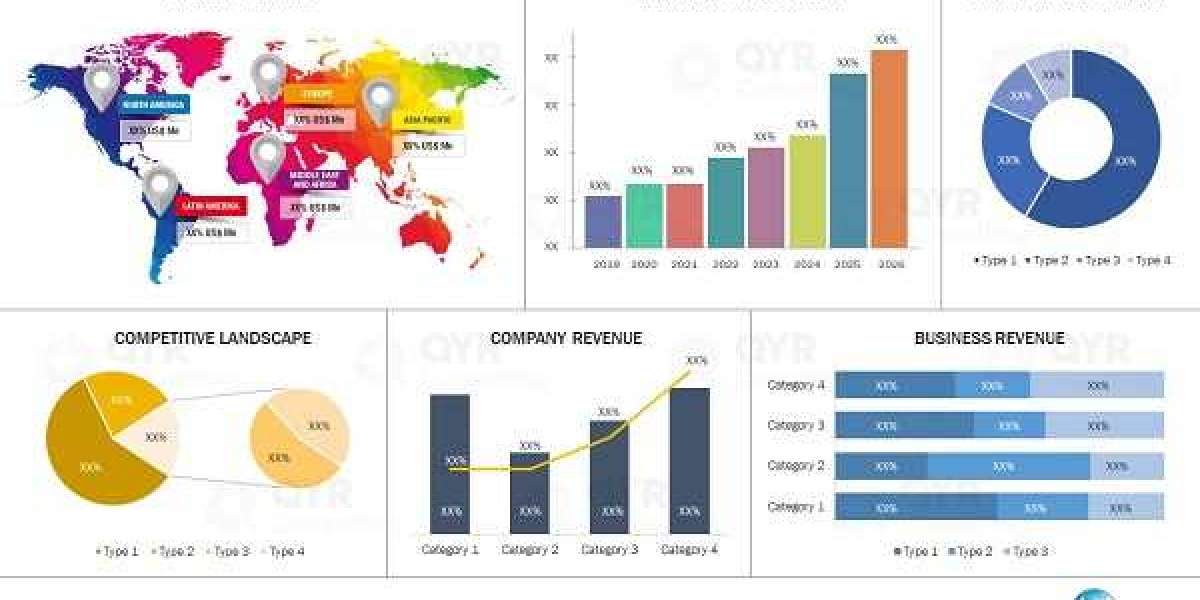Online gaming has undergone a remarkable transformation over the decades, evolving from simple text-based adventures to immersive, visually stunning experiences that connect millions of players worldwide. This journey reflects advancements in technology, changes in player preferences, and the rise of global connectivity.
The Birth of Online Gaming
The origins of online gaming can be traced back to the late 1970s when early computer networks like ARPANET enabled users to connect and huc99 in real time. One of the first milestones was the creation of MUD (Multiuser Dungeon) in 1980, a text-based fantasy game that allowed multiple players to explore a virtual world together. This groundbreaking concept laid the foundation for the multiplayer online games we know today.
The Rise of MMOGs
The 1990s marked the emergence of Massively Multiplayer Online Games (MMOGs), which brought online gaming into the mainstream. Titles like Ultima Online (1997), Lineage (1998), and EverQuest (1999) introduced persistent worlds where players could interact, form guilds, and embark on epic quests. These games capitalized on the growing availability of high-speed internet, particularly in regions like South Korea, where Lineage became a cultural phenomenon.
The Role of Technology
Technological advancements have been a driving force behind the evolution of online gaming. The transition from text-based interfaces to 2D and eventually 3D graphics revolutionized the player experience. The introduction of LAN (Local Area Network) gaming in the 1990s allowed players to connect locally, while the widespread adoption of broadband internet in the 2000s enabled seamless global multiplayer experiences.
The Console Revolution
While PCs dominated early online gaming, consoles played a pivotal role in bringing multiplayer experiences to a broader audience. The release of the Xbox in 2001, with its Xbox Live service, marked a turning point. Games like Halo and MechAssault popularized online console gaming, setting the stage for modern platforms like PlayStation Network and Nintendo Switch Online.
The Mobile Gaming Boom
The proliferation of smartphones in the 2010s transformed online gaming yet again. Mobile games like Clash of Clans and PUBG Mobile introduced millions of new players to online multiplayer experiences. The accessibility and convenience of mobile gaming have made it one of the fastest-growing segments of the industry, appealing to both casual and hardcore gamers.
The Era of Esports
Online gaming has also given rise to competitive esports, where professional players and teams compete in games like League of Legends, Dota 2, and Fortnite. Esports tournaments now attract millions of viewers and offer substantial prize pools, solidifying gaming as a legitimate form of entertainment and a lucrative career path for top players.
The Future of Online Gaming
As we look ahead, emerging technologies like virtual reality (VR), augmented reality (AR), and cloud gaming promise to redefine the online gaming landscape. These innovations will enable even more immersive and accessible experiences, blurring the lines between the virtual and real worlds. The evolution of online gaming is far from over, and its future holds endless possibilities.
From its humble beginnings to its current status as a global phenomenon, online gaming has come a long way. It continues to shape how we play, connect, and compete, proving that the virtual worlds we create are as dynamic and evolving as the real ones we inhabit.











